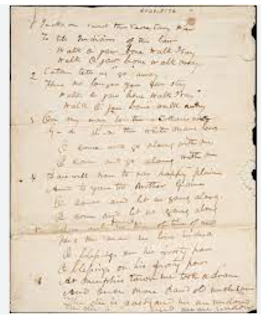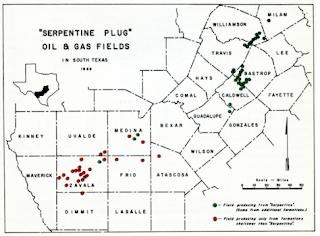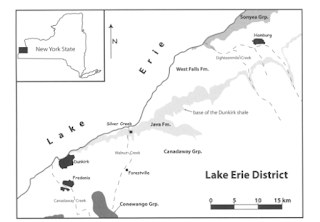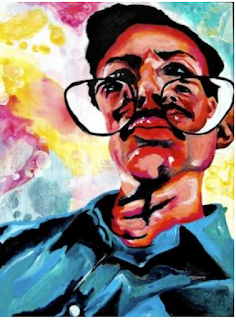---Rochelle Owens
It’s hard to believe it has been almost 30 years since the long poem, “Black Chalk,” was published as a chapbook by Texture Press in Norman, Oklahoma. A companion video was filmed and produced in Wellfleet, Massachusetts, to be debuted at the Fred Jones Museum of Art on the campus of the University of Oklahoma.
Video: https://youtu.be/EdTdsfaessY?si=6aUtiW3-ptsXfsiD
The text: https://rochelleowens.net/poetrybooks.php?book=black_chalk
The poem consists of three interwoven threads. The first consists of the arrival of the Spaniards in North America and the brutality and mass death. The second thread ties to the work of Leonardo da Vinci, not only his works of art the studio, but also his anatomical investigations. The third interwoven thread is one of societal malaise, where there is a great gulf between social classes, privilege vs homelessness, and consumer culture. The interweavings and the repetition had an incantatory effect which generates levels of meaning as discordant sounds and disparate concepts are juxtaposed.
 |
| Black Chalk (1994) by Rochelle Owens |
In the video, the layering, interweaving of dialogue is manifestly powerful and the visual narrative adds levels of gallows humor, horror, and bourgeois creature comfort stripped bare. The experience of watching the video “Black Chalk” is both disconcerting and enlightening as the inescapable realization dawns on one that the discomfort is evidence of a deep connection with the text.
Themes
Greedy devouring insatiable hunger.
The scene where a curly headed young man who could well have been a model in Leonardo 's studio devours a Peach. The extreme close up continues and lingers almost excruciatingly and is repeated a number of times just after lines about the Spaniards and the conquest are intoned which graphically illustrates the relentless, munching, finger licking horror of the Europeans rapacious destruction and ingestion of all that had pulp, which is to say, living value.
Gleeful celebrations of death.
Evoking the idea of an ecstatic dance macabre four privileged wealthy summer residents in a convertible luxury car echo medieval images from Bruegel or Hieronymus Bosch gleefully chatting blankets infected with plague which invokes the smallpox outbreaks in Mexico and North America which killed indigenous on a genocidal scale and also the ship of fools plague infested ship refused quarter in all ports of call until a fateful “yes” with devastating consequences. The actors shriek with carnivalesque glee which invokes horror. The “hungry bum” refers to an existential state.
The hungry bum played by George Economou picks up a fanny pack containing an empty wallet and then he repeats the act many times as the camera encircles him creating a dizzying vertiginous journey into a disruption of the boundary between self and other. The bum’s hands rip through the wallet and the emptiness of that very wallet reflects the bankrupt morality of 20th century Americans who are comfortable in their neat New England town and expensive cars and studios but the search for self ultimately yields empty seams and compulsively repetitive digging and searching.
The Studio: The “Chalk” of Art
A black chalk dirtied hand moves over ink and chalk sketches of hands, bodies, and fingers but all are fragmentary and none are fully formed. The scene suggests process, the work in progress, and the ultimate goal, perhaps Leonardo’s Vitruvian man from 1490. The only fully formed complete images in the studio are those the artist and young man who could be the artist’s model or an angel coming to give the gift of artistic creation. In the scene, a slender, aged but attractive woman, the artist, contemplates work in her studio. Her art elicits ideas of fragmentation or even dissection. The angel touches the artist’s withered hand and arm. The lines and the body parts on the canvas are smudged which gives an idea of creation, but also that there is an essential horror at the core of creation. It is simply not possible to have creation without contact with dissection, disruption, and a canvas smudged black and gray with cremains, which could be the “chalk” of art.
There are many other repeated scenes, repeated snippets of dialogue and behaviors, all which build to a climax of vulnerability, invasion by the other, and profound grief. Some elicit visceral revulsion such as when we are confronted with the lusty munching of a peach, which represents the way the Europeans devoured the civilizations of the Americas.
The Artist
At the end, the artist’s chair is empty. This means, at the end of the day, the artist is obliged to depart. The artist’s white plastic beach chair is empty. In the world of Black Chalk, the artists is not a god or even Shiva. It is important to consider that the artist could even represent nothingness. The responsibility of meaning is in the consciousness of the viewer.
---Susan Smith Nash, Ph.D.











.png)

.jpg)



